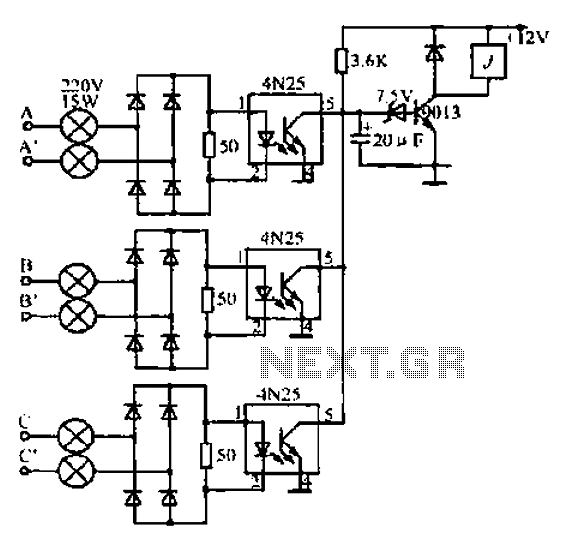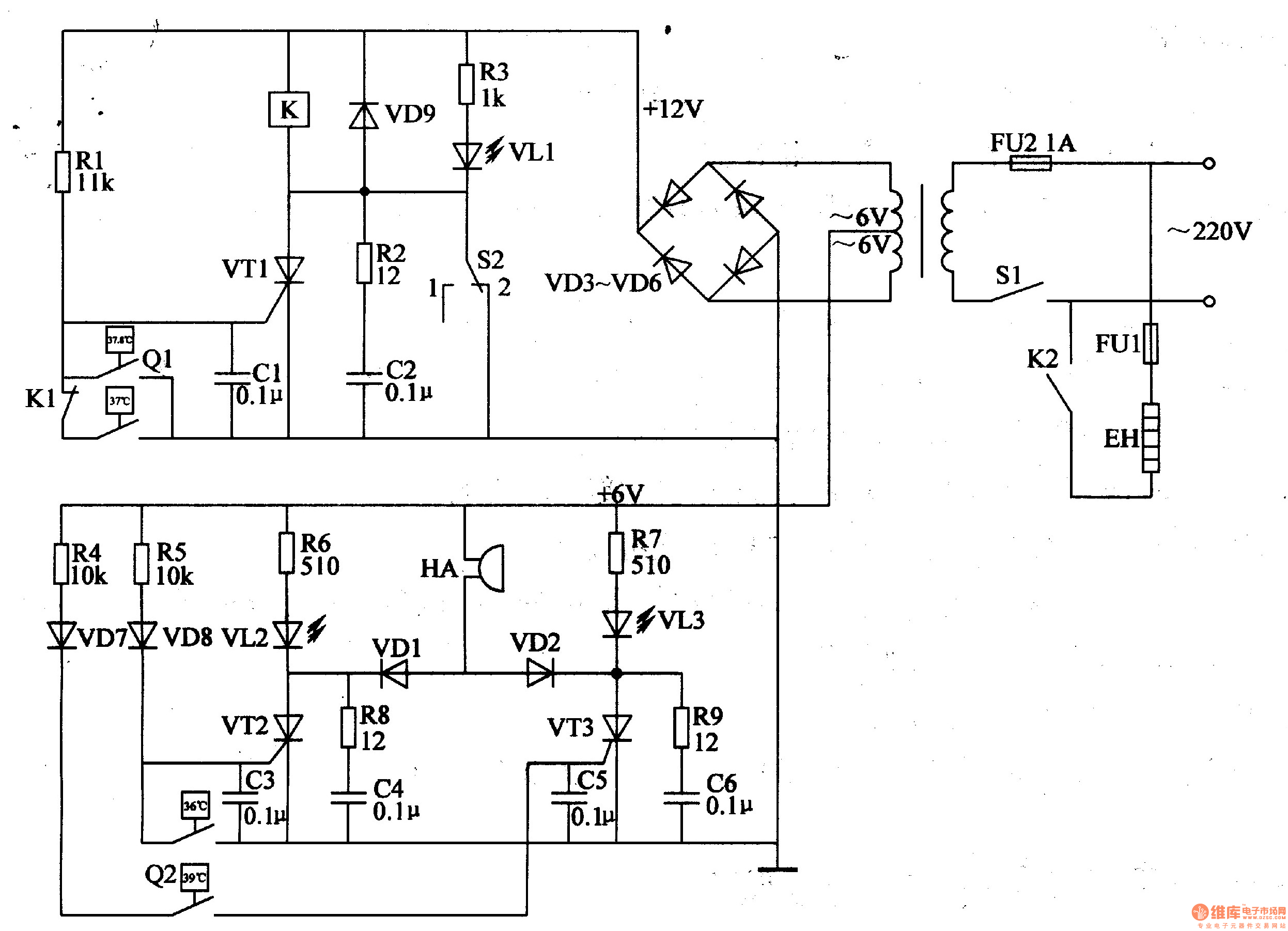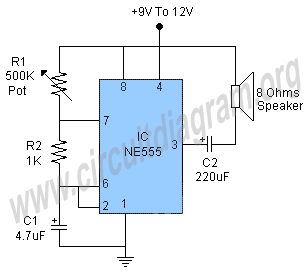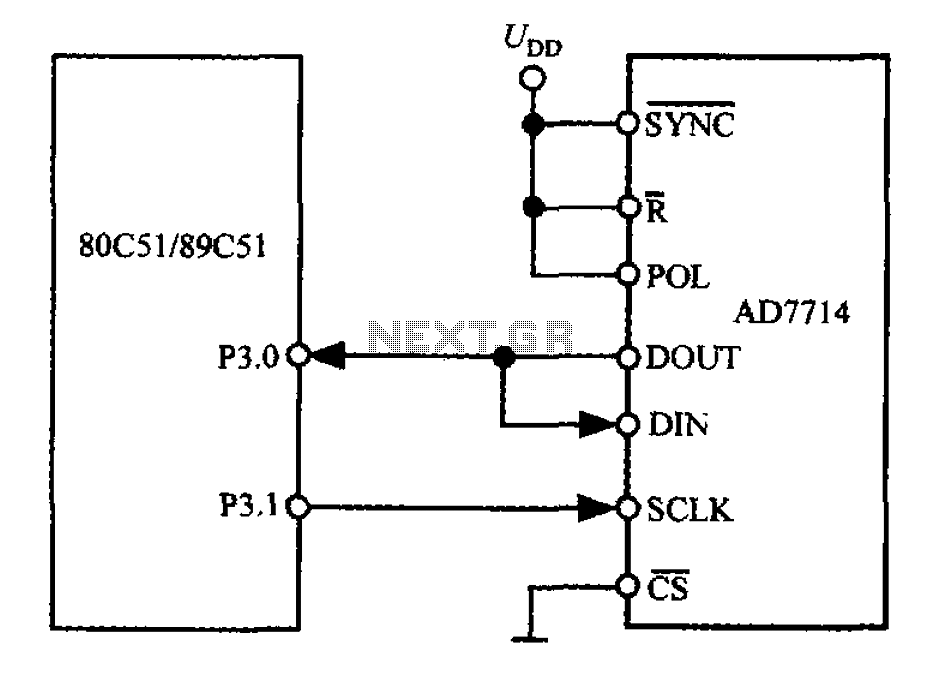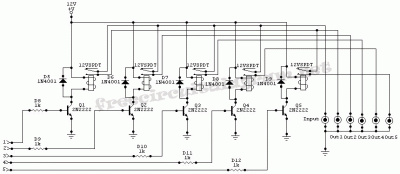
Voltage to Frequency Converter Circuit
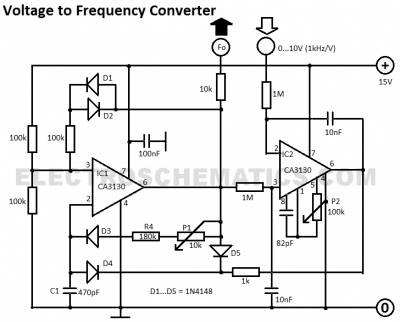
This voltage-to-frequency converter circuit features a voltage-controlled oscillator with a small deviation of 0.5%. The integrated circuit IC1 operates as a multivibrator.
The voltage-to-frequency converter circuit is designed to convert an input voltage into a corresponding frequency output. The core of this circuit is a voltage-controlled oscillator (VCO), which generates a frequency that varies with the input voltage. The precision of this circuit is highlighted by the low deviation of 0.5%, ensuring that the output frequency closely tracks the input voltage.
IC1, serving as the multivibrator, is typically configured to produce a square wave output. In this application, it is used to establish the oscillation frequency based on the control voltage applied to it. The multivibrator configuration can be either astable or monostable, depending on the desired output characteristics. In an astable configuration, the circuit continuously oscillates between two states, while in a monostable configuration, it generates a pulse in response to a triggering event.
Additional components may include resistors and capacitors that set the timing characteristics of the multivibrator, influencing the frequency range and stability of the output signal. The design may also incorporate feedback mechanisms to enhance linearity and minimize distortion in the frequency output.
This voltage-to-frequency converter can be utilized in various applications, including analog-to-digital conversion, frequency modulation, and signal processing, where precise frequency control is essential. The circuit's performance can be further optimized by selecting appropriate passive components and ensuring the power supply is stable, as variations in supply voltage can affect the VCO's output frequency.This voltage to frequency converter circuit has an oscillator that is voltage controlled and has a small, 0.5% deviation. IC1 function as a multivibrator a. 🔗 External reference
The voltage-to-frequency converter circuit is designed to convert an input voltage into a corresponding frequency output. The core of this circuit is a voltage-controlled oscillator (VCO), which generates a frequency that varies with the input voltage. The precision of this circuit is highlighted by the low deviation of 0.5%, ensuring that the output frequency closely tracks the input voltage.
IC1, serving as the multivibrator, is typically configured to produce a square wave output. In this application, it is used to establish the oscillation frequency based on the control voltage applied to it. The multivibrator configuration can be either astable or monostable, depending on the desired output characteristics. In an astable configuration, the circuit continuously oscillates between two states, while in a monostable configuration, it generates a pulse in response to a triggering event.
Additional components may include resistors and capacitors that set the timing characteristics of the multivibrator, influencing the frequency range and stability of the output signal. The design may also incorporate feedback mechanisms to enhance linearity and minimize distortion in the frequency output.
This voltage-to-frequency converter can be utilized in various applications, including analog-to-digital conversion, frequency modulation, and signal processing, where precise frequency control is essential. The circuit's performance can be further optimized by selecting appropriate passive components and ensuring the power supply is stable, as variations in supply voltage can affect the VCO's output frequency.This voltage to frequency converter circuit has an oscillator that is voltage controlled and has a small, 0.5% deviation. IC1 function as a multivibrator a. 🔗 External reference
